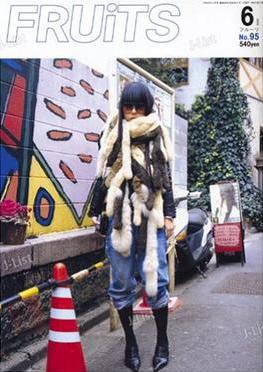 My real reason for adopting the title is--it just sounded cool, okay. Nothing to it. And it sounds pretty catchy, too. Oh. I think I'm being a bit too defensive. Yeah. Right.
My real reason for adopting the title is--it just sounded cool, okay. Nothing to it. And it sounds pretty catchy, too. Oh. I think I'm being a bit too defensive. Yeah. Right.Anyhow, it amazes me how Japan can hold onto their uniqueness in the Age of Homogeny, especially when shoppers the world over interpret luxury as a form of experience and not in terms of monetary value (as was the case during a time when Gianni Versace still had the chance to moan and tremble underneath the weight of Andrew Cunanan).There might have been some foreign influences (such as the obsession of Japanese women over Louis Vuitton bags), but recently Japanese aged 18 to 27 have gone for fashion houses with no "logos."

It became obvious with the success of Mastermind Japan with its designers Masaaki Homma
 and Yohji Yamamoto and the prevalence of street style among the youth. The high-end Japanese label celebrated its 10th-year anniversary last year.
and Yohji Yamamoto and the prevalence of street style among the youth. The high-end Japanese label celebrated its 10th-year anniversary last year.

No comments:
Post a Comment